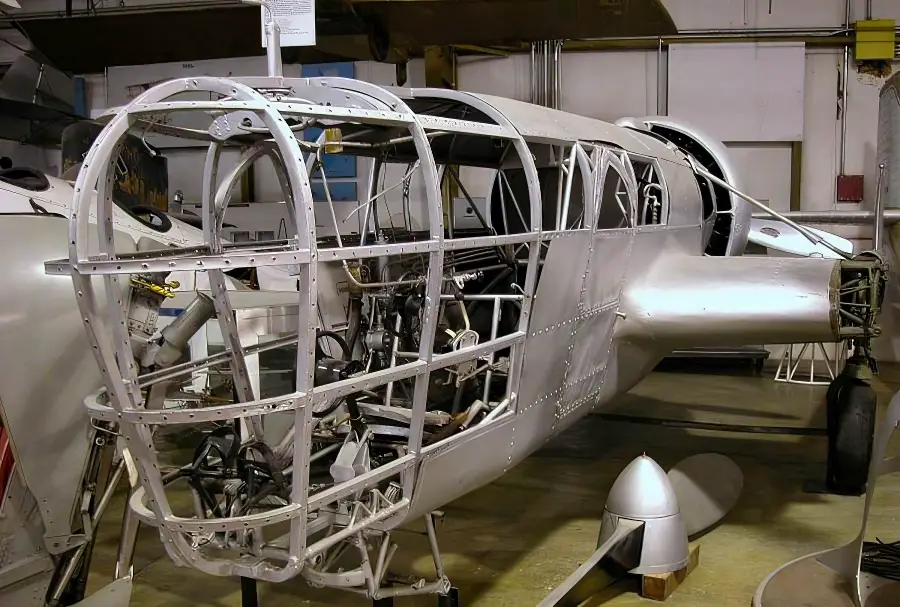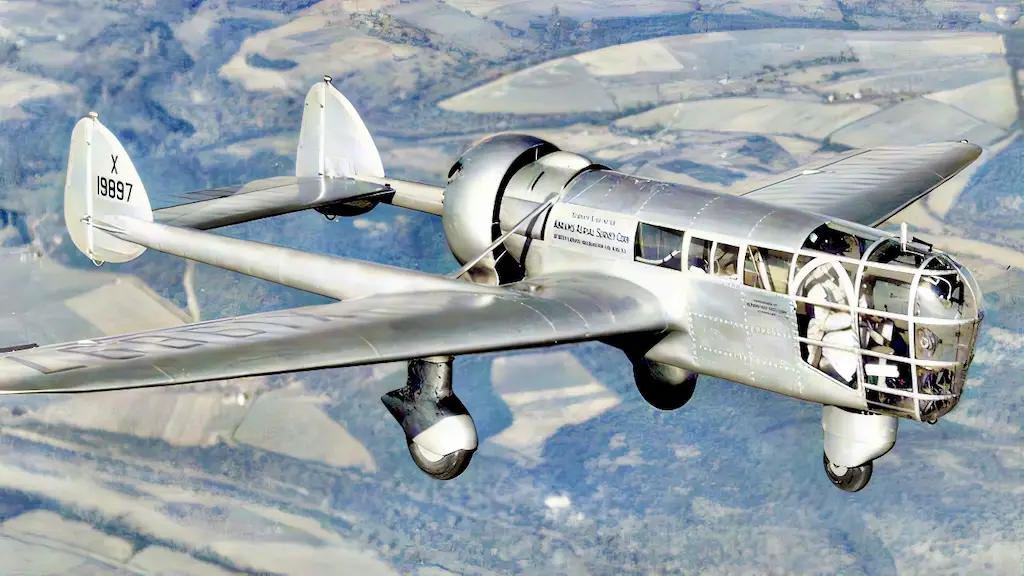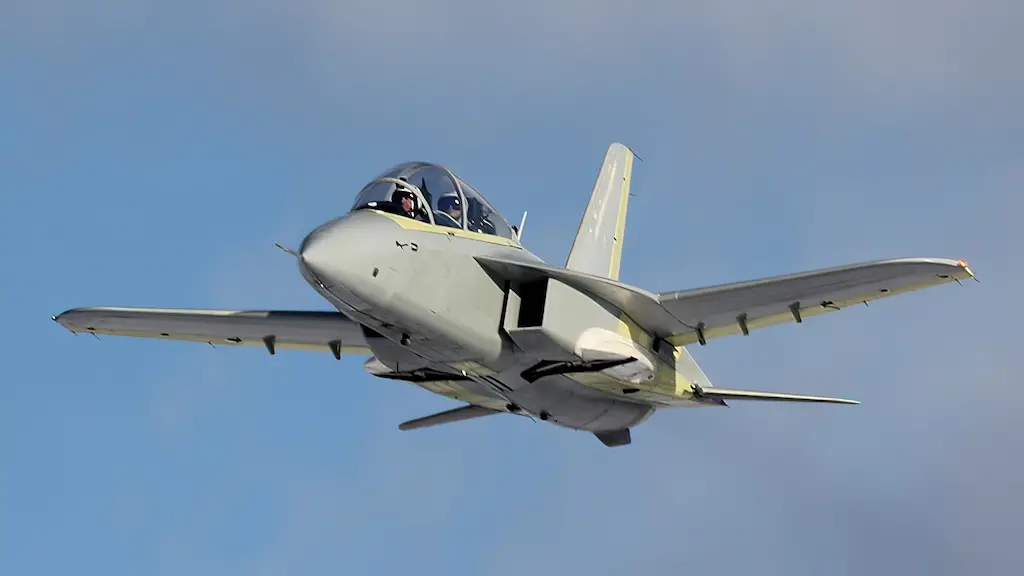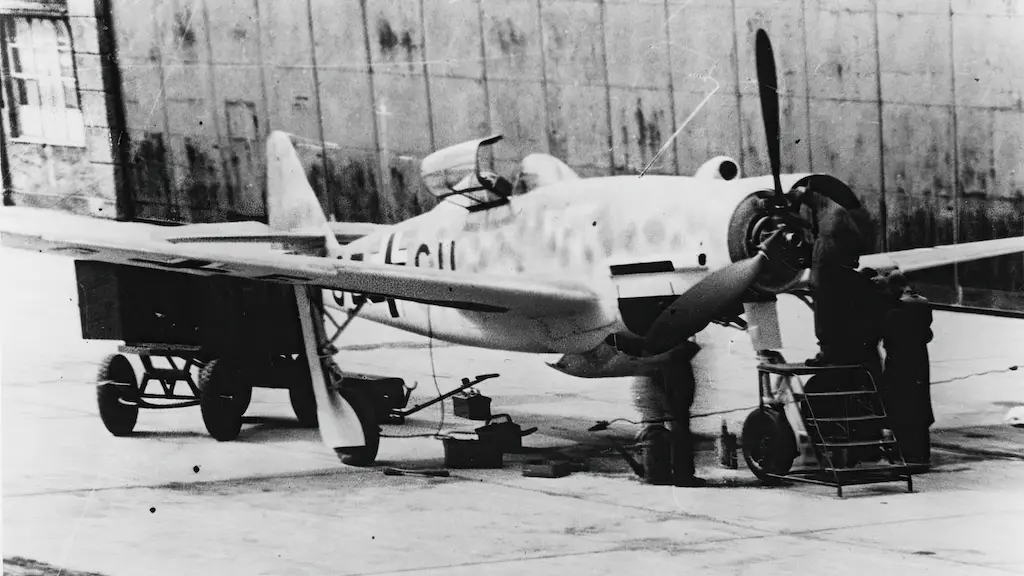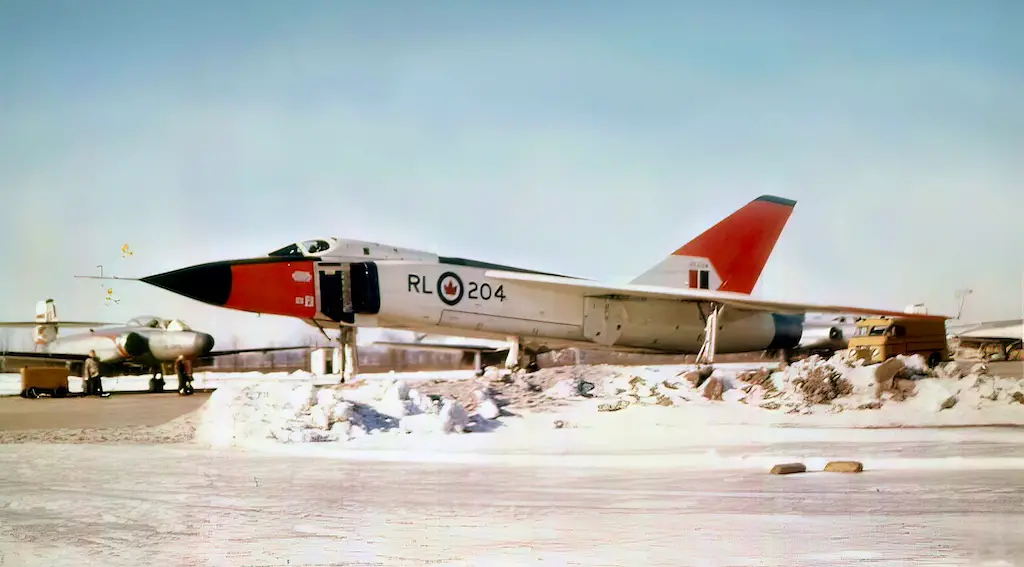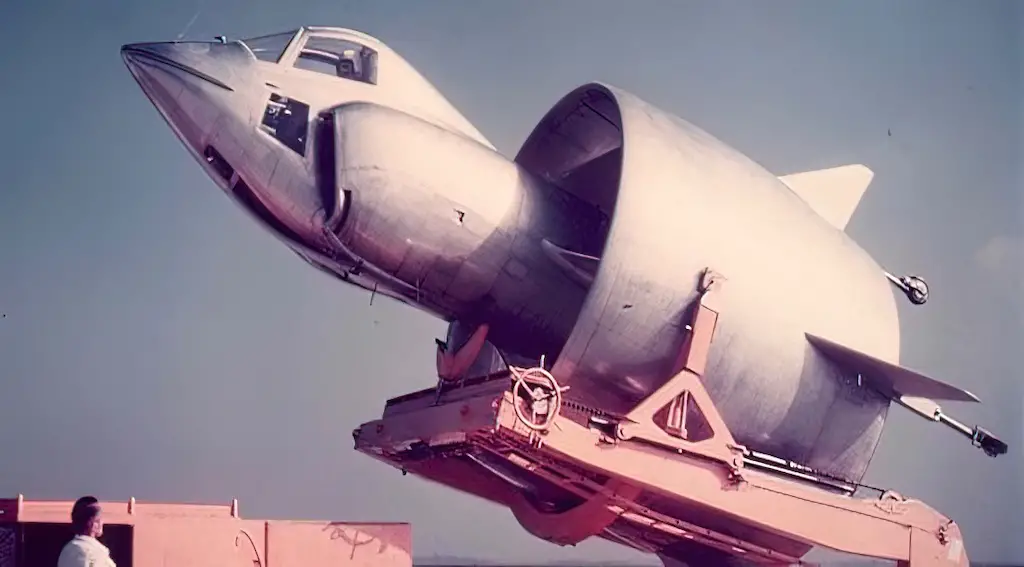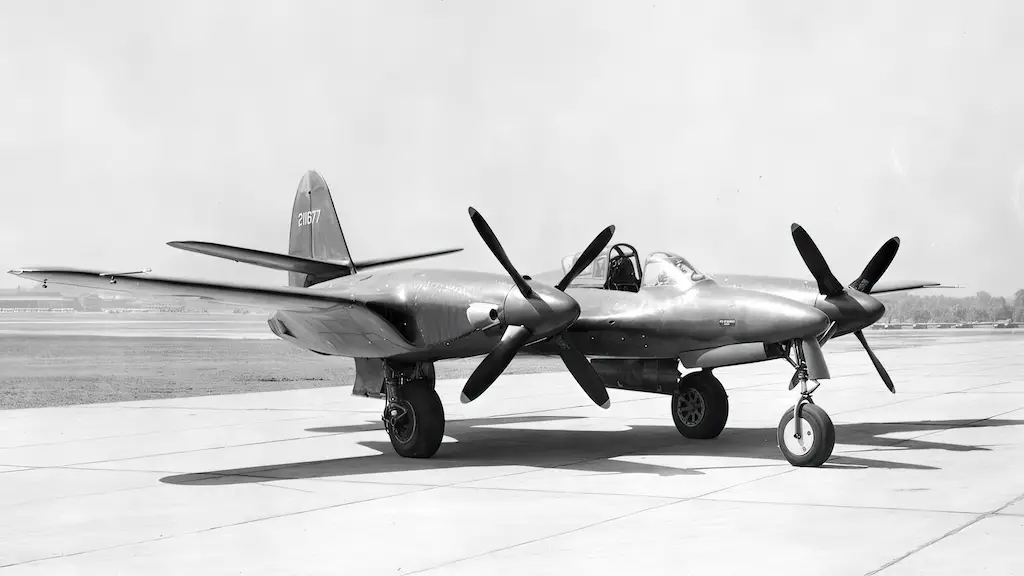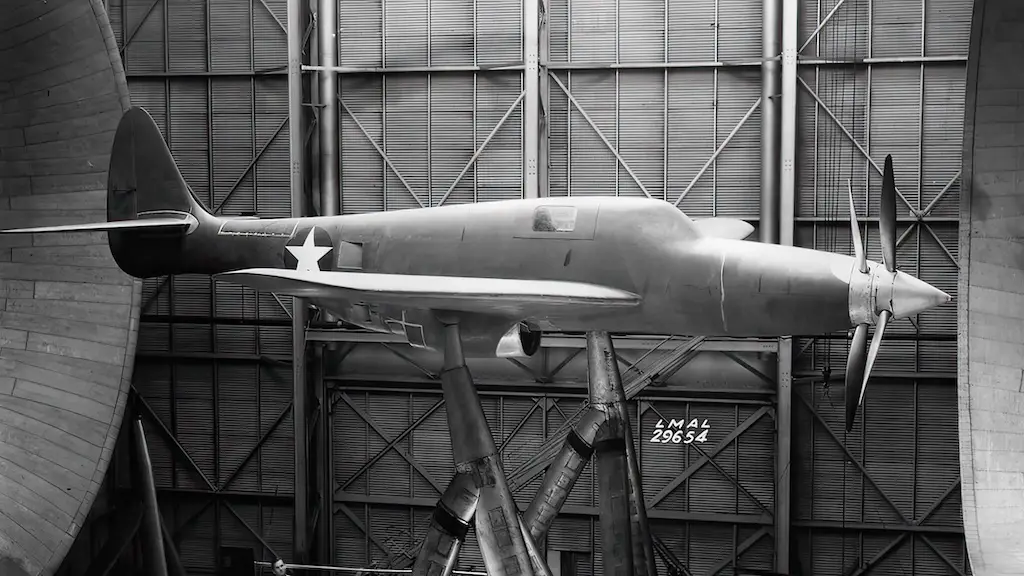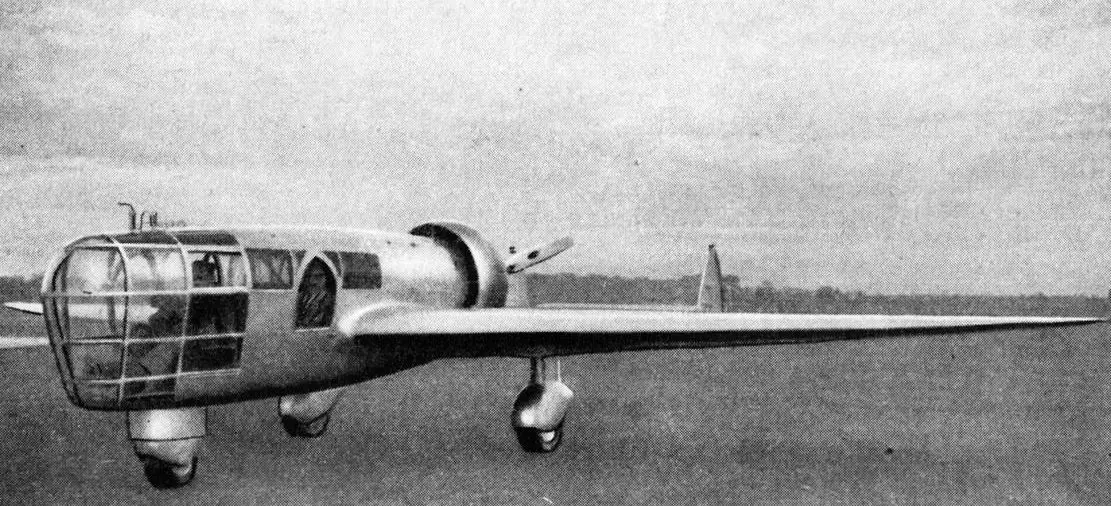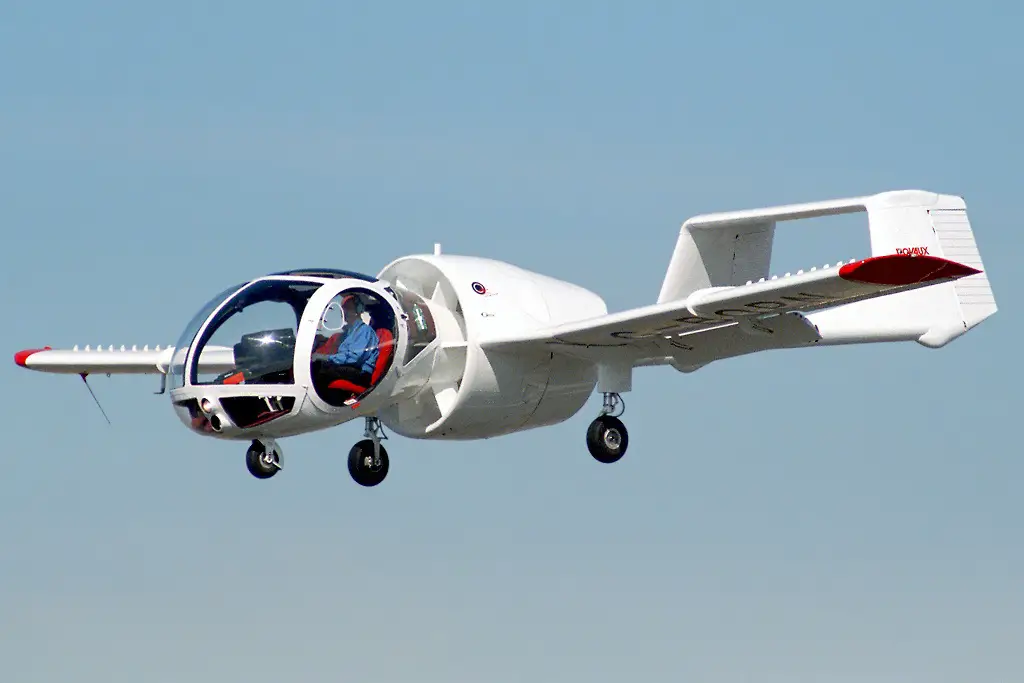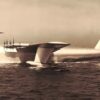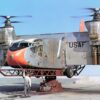From Combat to Camera
Ted Abrams’s transition from a World War One aviator to a visionary in aerial photography marked the beginning of a remarkable chapter in aviation history. Discontent with the limitations of contemporary aircraft for his aerial photography pursuits, Abrams didn’t just dream of a solution; he set out to create one. In establishing the Abrams Aircraft Corporation, he laid the groundwork for what would become a pioneering project in aviation: the Abrams P-1 Explorer.
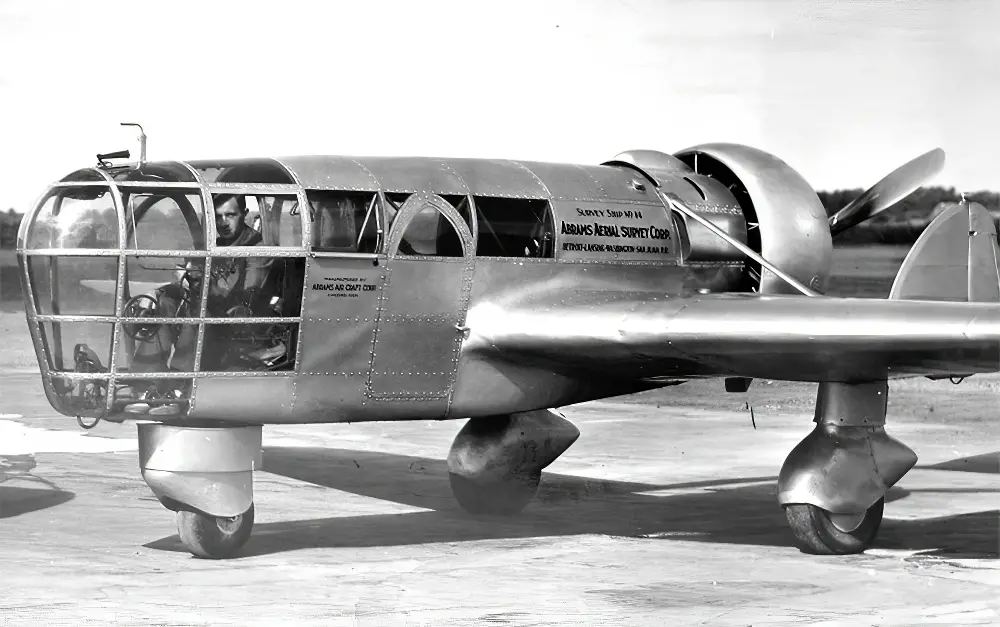
A Leap into the Future
The P-1 Explorer stood as a testament to innovation and foresight. Its design, driven by Abrams’s unwavering commitment to aerial survey excellence, featured a unique blend of technological advancements. With a wide wingspan for unmatched stability, a rear engine to safeguard the camera’s clarity, and a distinctive delta wing to enhance side vision, the aircraft was a marvel of engineering.
Central to the Explorer’s design was its distinctive glass cockpit. A large, curved window, meticulously crafted from German Plexiglas, offered pilots a panoramic view of the skies. This feature wasn’t just about aesthetics; it was a practical solution to the need for unobstructed visibility in aerial photography, underscoring Abrams’s dedication to merging form with function.
Despite its groundbreaking design, the P-1 Explorer’s path was not without obstacles. The advent of World War II presented unforeseen challenges, shifting the aviation industry’s focus for Abrams’s ambitious project. Abrams’s attempts to pivot, including appealing to the burgeoning Hollywood film industry and exploring military applications, underscored his adaptability but ultimately fell short of securing a sustainable future for the Explorer.
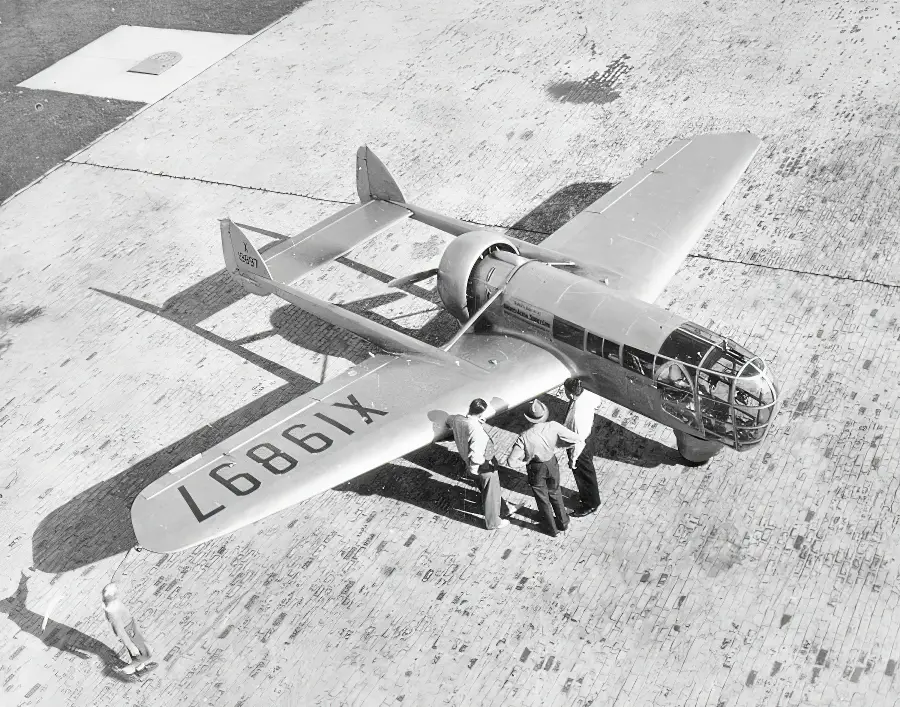
A Resurrection Attempt
Decades after the Explorer was relegated to the annals of forgotten projects, a group of aviation enthusiasts, led by the passionate Jim Lin and Ron Dietz, embarked on a mission to restore the aircraft. Their initiative, driven by respect for Abrams’s contributions to aviation and the local community, highlighted the enduring impact of the P-1 Explorer. Although their restoration efforts faced setbacks, the attempt itself spoke volumes about the lasting significance of Abrams’s work.
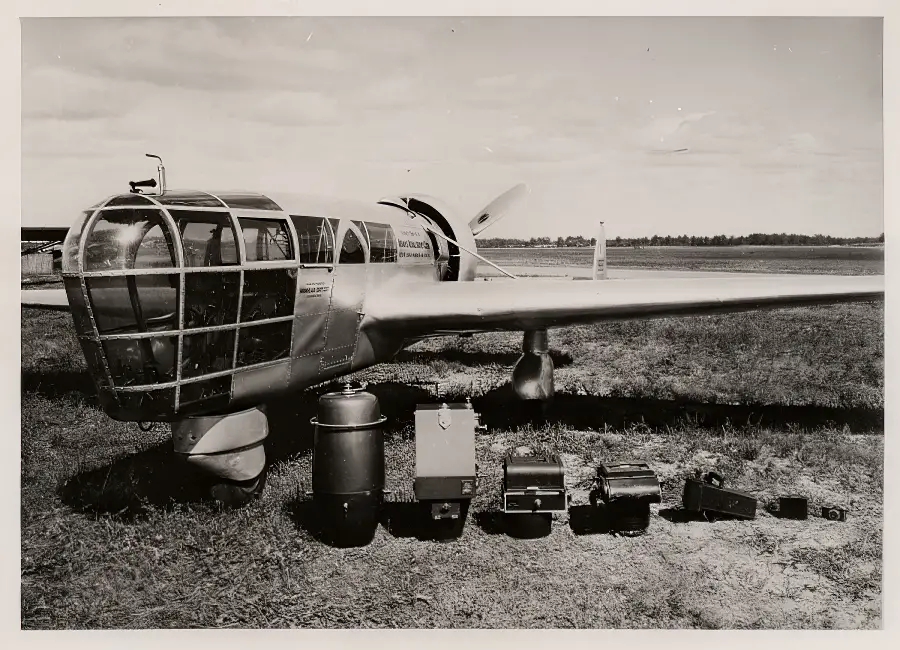
The P-1 Explorer’s legacy extends beyond its immediate achievements. As one of the first aircraft designed specifically for aerial photography, it introduced innovations such as tricycle landing gear and the use of compound curve Plexiglas windows. These advancements not only set new standards for aircraft design but also paved the way for future innovations, as evidenced by their influence on later aircraft like the Edgley EA7 Optica.
